Wallet ransomware
Solution To Uninstall Wallet ransomware from Windows 10
Look at various different errors caused by Wallet ransomware 0x00000003, 0x80240039 WU_E_TOO_MANY_RESYNC Agent is asked by server to resync too many times., 0x80240008 WU_E_ITEMNOTFOUND The key for the item queried could not be found., 0x80244010 WU_E_PT_EXCEEDED_MAX_SERVER_TRIPS The number of round trips to the server exceeded the maximum limit., 0x80248019 WU_E_DS_NEEDWINDOWSSERVICE A request to remove the Windows Update service or to unregister it with Automatic Updates was declined because it is a built-in service and/or Automatic Updates cannot fall back to another service., 0x000000CE, 0x80248016 WU_E_DS_DECLINENOTALLOWED A request to hide an update was declined because it is a mandatory update or because it was deployed with a deadline., 0x00000124, 0x000000AB, 0x00000060, 0x00000030, 0x00000076, 0x80244024 WU_E_PT_HTTP_STATUS_VERSION_NOT_SUP Same as HTTP status 505 - the server does not support the HTTP protocol version used for the request., 0x0000009E, 0x0000010A, 0xf0819CBS_E_DUPLICATE_UPDATENAME update name is duplicated in package., Error 0x80200056, 0x80244029 WU_E_PT_INVALID_CONFIG_PROP A configuration property value was wrong.Get Rid Of Wallet ransomware From Operating System Easily
Wallet ransomware is yet another harmful computer threats that already infected large number of Operating System across globe. With the only bad intention to make illegal profit and steal victims personnel data cyber criminals created this nasty threats as well as spread extensively over Internet. Basically it intrudes inside your Operating System through bundled with freeware or shareware program. Additionally clicks to suspicious ads, infected websites visits and nevertheless opening spam email attachments result in its invasion.
Wallet ransomware does all best to lean down your computer performance, creates large number of junk files that consumes maximum resources as resultant CPU hangs a lot. Moreover, alter browser default settings according to its needs after which continuous redirection, regular coming ads with much slow Internet speed frustrate you. The worst part, security analyst found it monitors all activity you do online, thus private information are under threats. Therefore you are strongly suggested to Get Rid Of Wallet ransomware from Operating System as soon as possible.
Part 1:- Start Operating System In Safe Mode With Networking
Windows 8/10
- Click on Start menu >> Press Shift key.
- Click on Restart button.

- Select Troubleshoot option from screen.
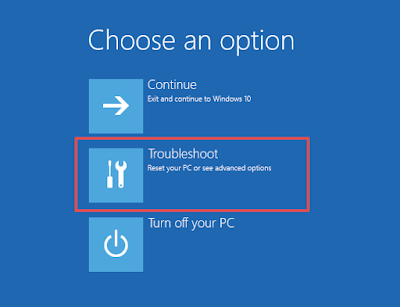
- Click on Advanced Options >> Choose Startup Settings option.
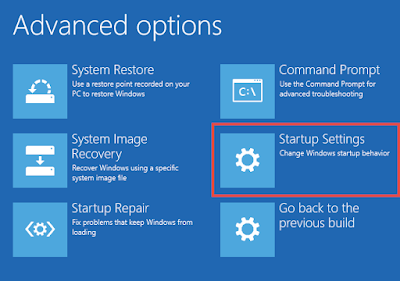
- Select Enable Safe Mode option >> Click Restart button.
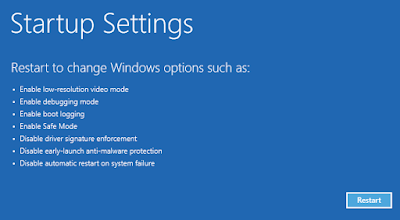
- Press F5 button to Enable Safe Mode With Networking option.
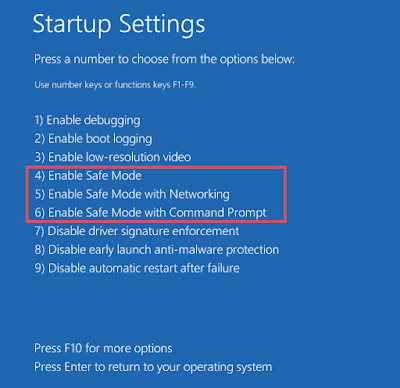
Windows XP/Vista/7
- Click on Start menu >> Select Restart button.
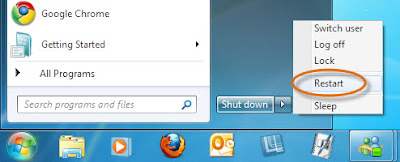
- While Operating System start booting, Press F8 button continuously.
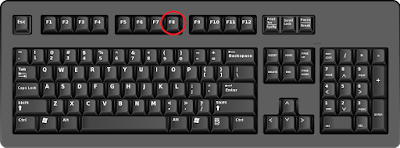
- After that Advance boot menu appear on Operating System screen.
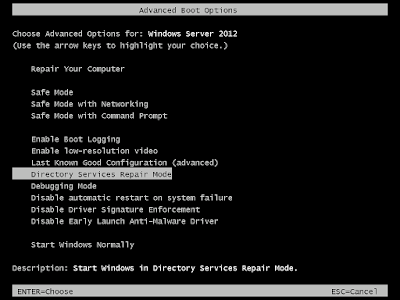
- Select Safe Mode With Networking Option.
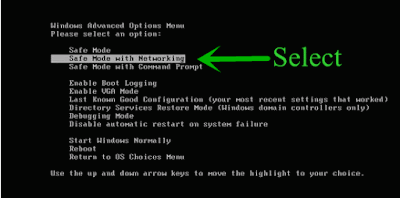
- Finally press Enter button.
Part 2:- Get Rid Of Wallet ransomware From Control Panel
Windows XP
- Go the Start menu >> Select Control Panel.
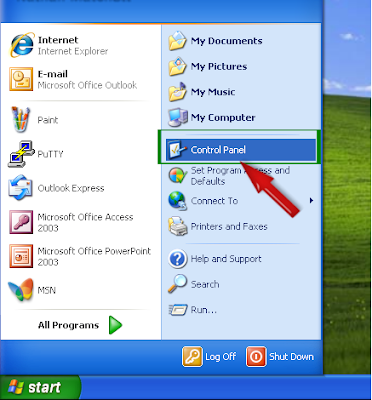
- Click on Add or Get Rid Of programs option.
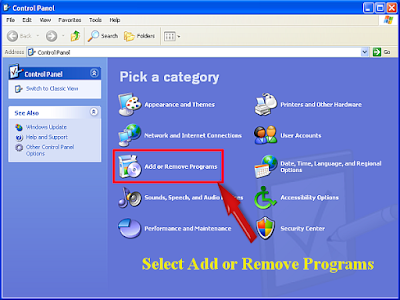
- Search and Get Rid Of unwanted program from Operating System.
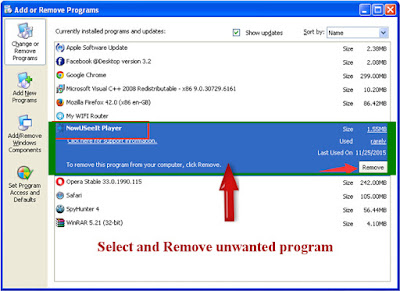
Windows 7
- Click the Windows key.

- Select Control Panel Option.
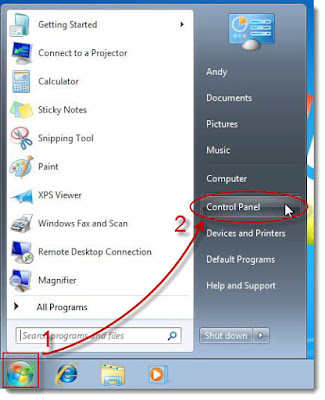
- Select Get Rid Of A Programs option.
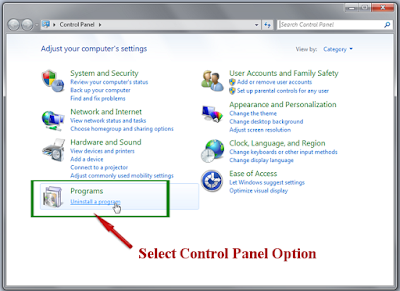
- Select and Get Rid Of unwanted program from system.
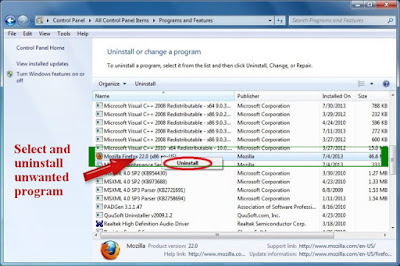
Windows 8
- Press Win+R button to open Run Box.
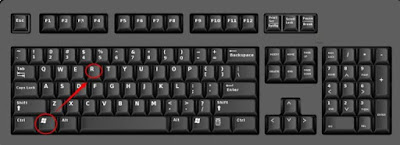
- Type control panel in Run window.
- Press Enter button to open the Control Panel.
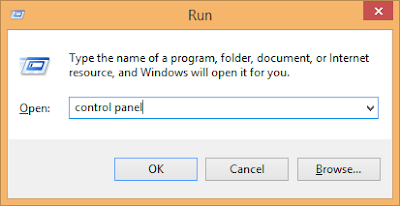
- Select Get Rid Of a program.

- Do Right-click Wallet ransomware related programs.
- Click Get Rid Of option to Get Rid Of it completely.

Windows 10
- Press the start button.
- Select Settings option.
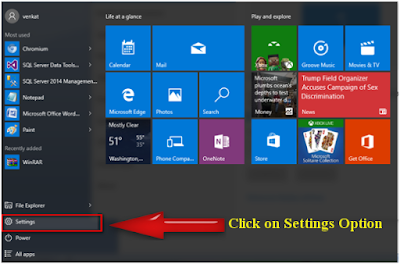
- Choose system option there.

- Click on Apps and Features option.
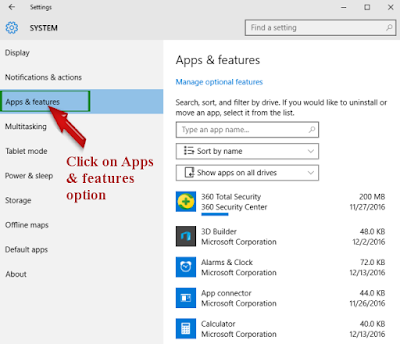
- Select and Get Rid Of unwanted program.
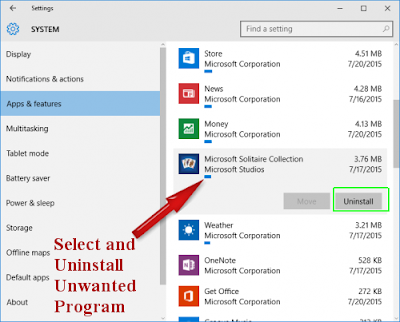
Part 3:- Get Rid Of Wallet ransomware Related Process From Task Manager
- Press ALT+Ctrl+Del buttons altogether.
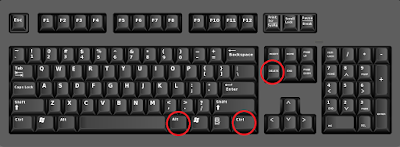
- Choose Windows Task manager option from Operating System screen.
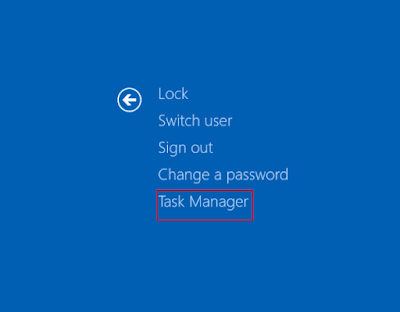
- Select the malicious process.
- Click on End Task button.
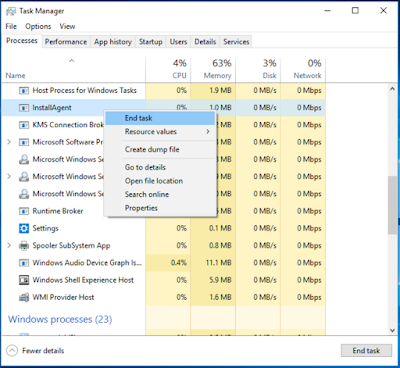
Part 4:- Solution to Get Rid Of Wallet ransomware From Chrome
From Mozilla Firefox
- Open Mozilla Firefox browser.
- Click on gear icon to open menu.
- Select Add-ons >> Add-ons Manager tab will open.
- Choose Extensions or Appearance panel.
- Choose Wallet ransomware add-on you want to Get Rid Of.
- Click the Get Rid Of button.

From Google Chrome
- Click on great icon to open Chrome menu.
- Now click on the Tools option.
- Go to Extension >> Select unwanted extension.
- Finally click on trash bin icon.

From Internet Explorer
- Open Internet Explorer browser.
- Click on Gear Icon to open Tools.
- Click on Manage Add-ons option.
- Select Toolbars and Extensions tab.
- Find Wallet ransomware related add-ons >> Click Disable.
- Click More information button.
- Finally, click on Get Rid Of button.

From Microsoft Edge
Microsoft Edge doesn't support extension so you need to reset your
browser homepage.
- Open Microsoft Edge browser.
- Click on More (...) icon >> Go to Settings.
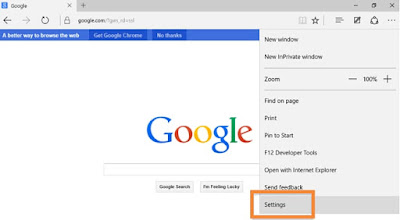
- Select a specific page or pages under Open option.
- Select Custom option.
- Enter URL that you want to set as your browser homepage.

Part 5:- Get Rid Of Wallet ransomware From Registry Editor
- Pressing Win + R keys together.
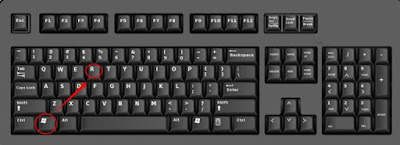
- Type regedit >> Click OK.
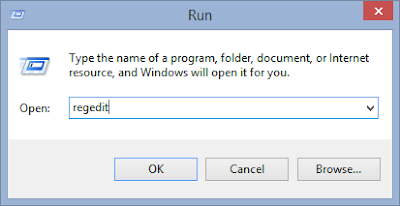
- Find and Get Rid Of Wallet ransomware related registry files.
HKEY_LOCAL_MACHINESYSTEMCurrentControlSetServicesWpm
HKCU\Software\Microsoft\Windows\CurrentVersion\Internet Settings\random
HKEY_LOCAL_Machine\Software\Classes\[adware name]
HKEY_CURRENT_USER\Software\Microsoft\Windows\CurrentVersion\Run “.exe”
HKEY_CURRENT_USER\Software\Microsoft\Windows\CurrentVersion\Internet Settings “CertificateRevocation” = ’0
HKEY_LOCAL_MACHINE\SOFTWARE\Microsoft\Windows\CurrentVersion\run\random
HKEY_CURRENT_USERSoftwareMicrosoftInternet ExplorerMain “Default_Page_URL”


No comments:
Post a Comment